Leaving Office of Science
The link you have requested will take you to a website outside the Office of Science.
Please click the following link to continue:
Thank you for visiting our site. We hope your visit was informative and enjoyable.
The Office of Science national scientific user facilities provide researchers with the most advanced tools of modern science, including accelerators, colliders, supercomputers, light sources and neutron sources, as well as facilities for studying the nano world, the environment, and the atmosphere.
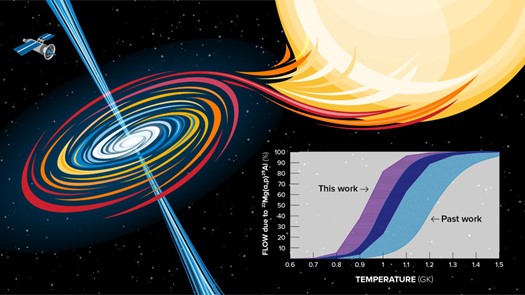
Scientists study a key reaction in X-ray bursts, shedding light on the reaction mechanisms behind thermonuclear flare-ups during these events.

The discovery of new isotopes demonstrates the user facility’s discovery potential.
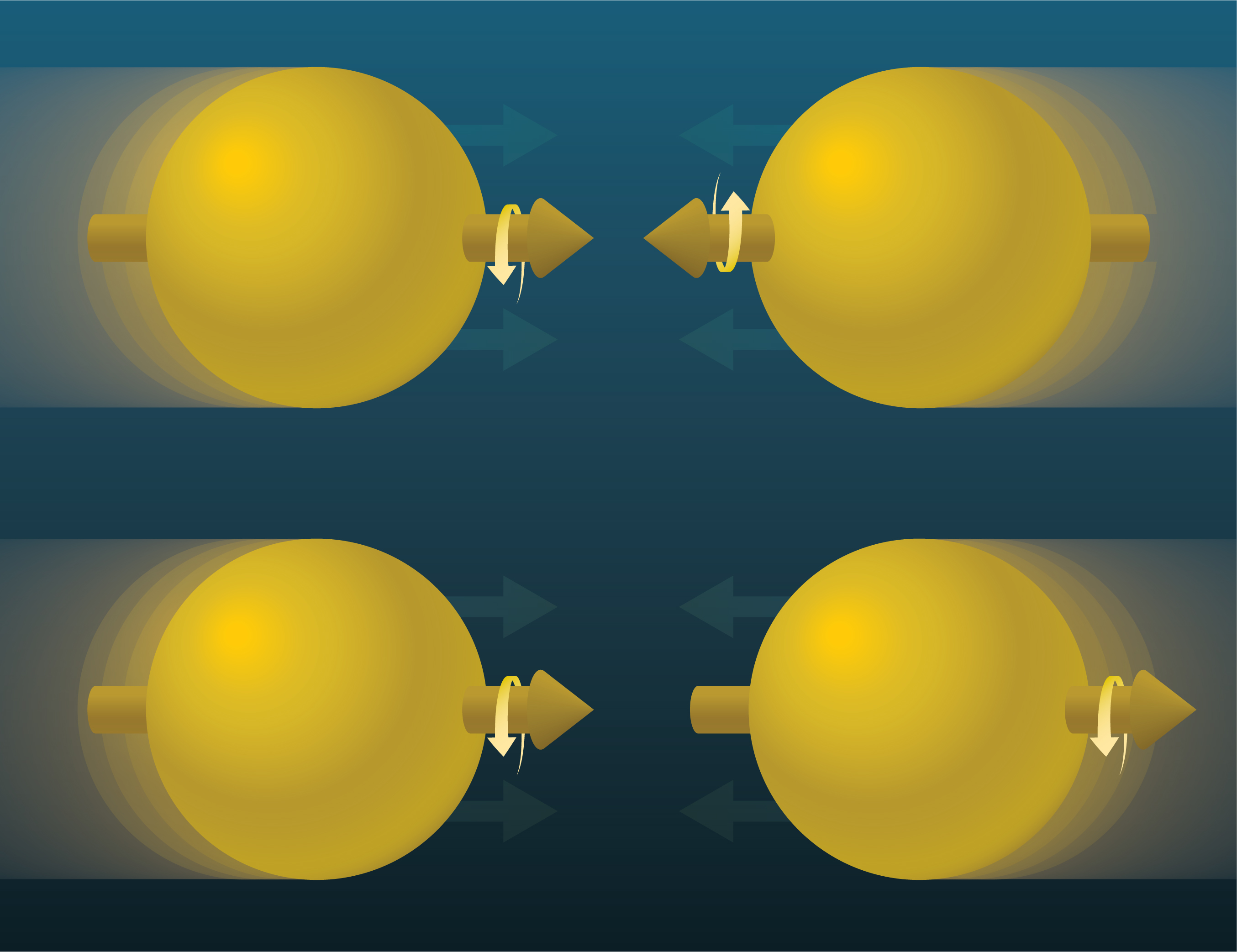
A measurement tracking ‘direct’ photons from polarized proton collisions points to positive gluon polarization.
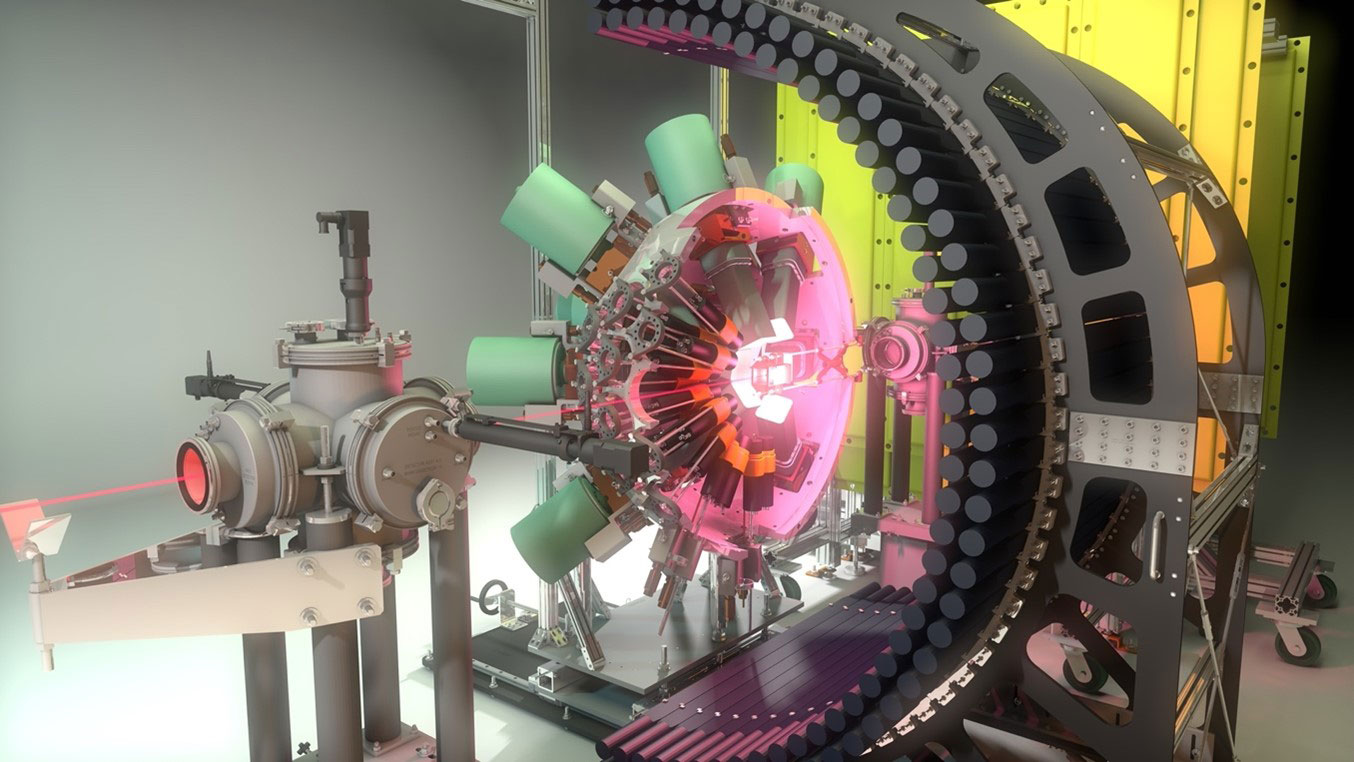
A newly discovered excited state in radioactive sodium-32 has an unusually long lifetime, and its shape dynamics could be the cause.
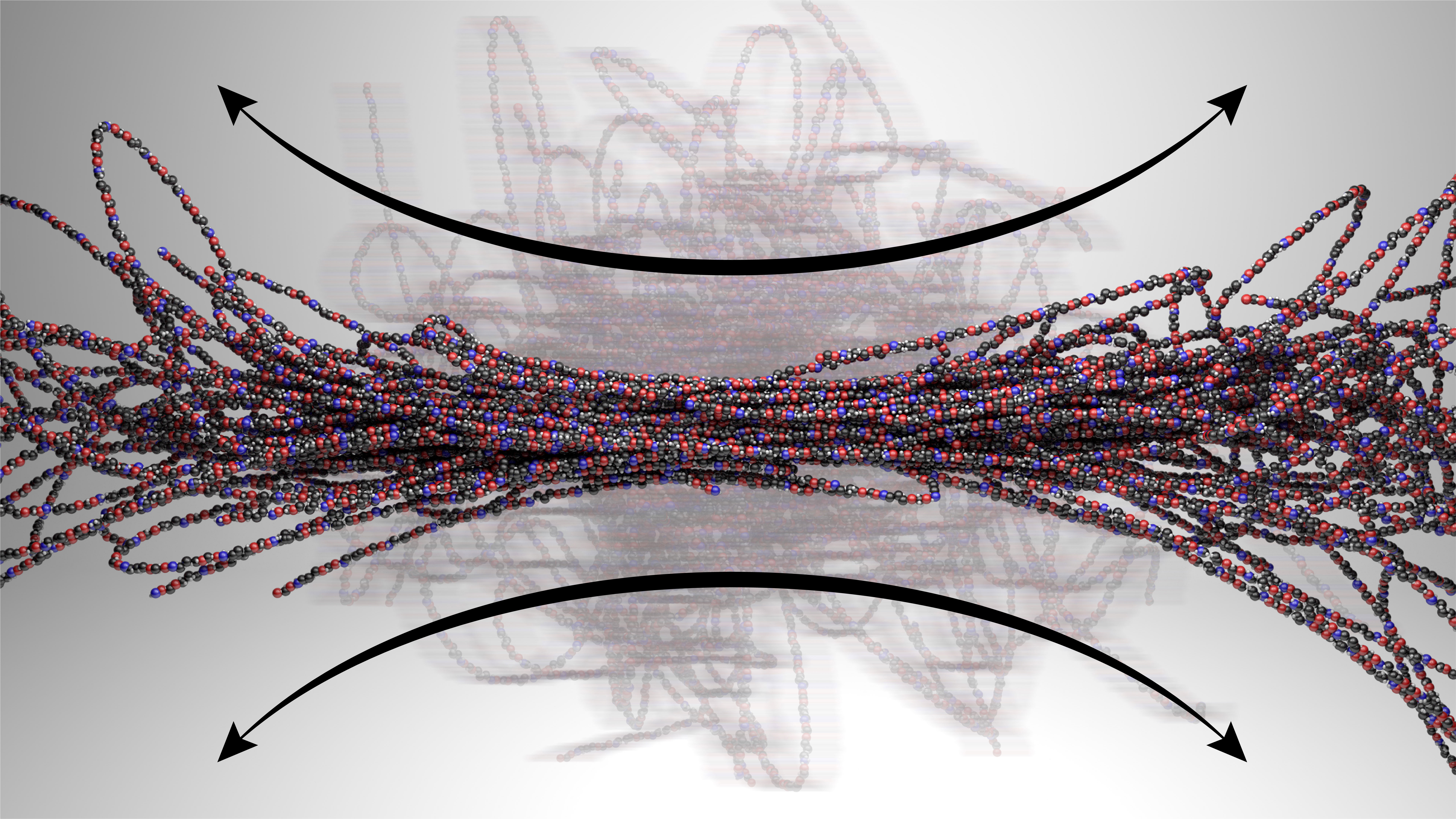
New computational methods “fingerprint” polymer motions under flow.
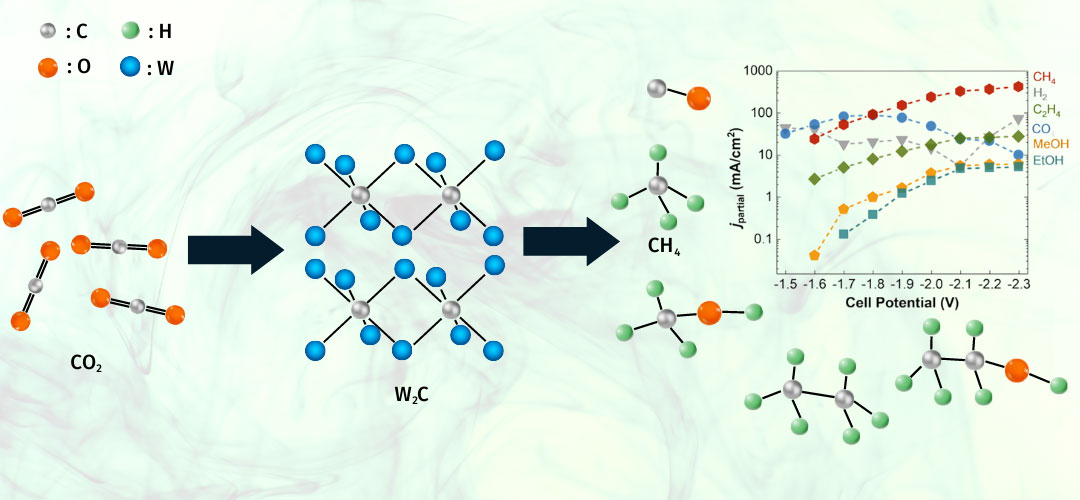
A tungsten carbide catalyst can produce a hydrocarbon from carbon dioxide at high rates and high efficiency.
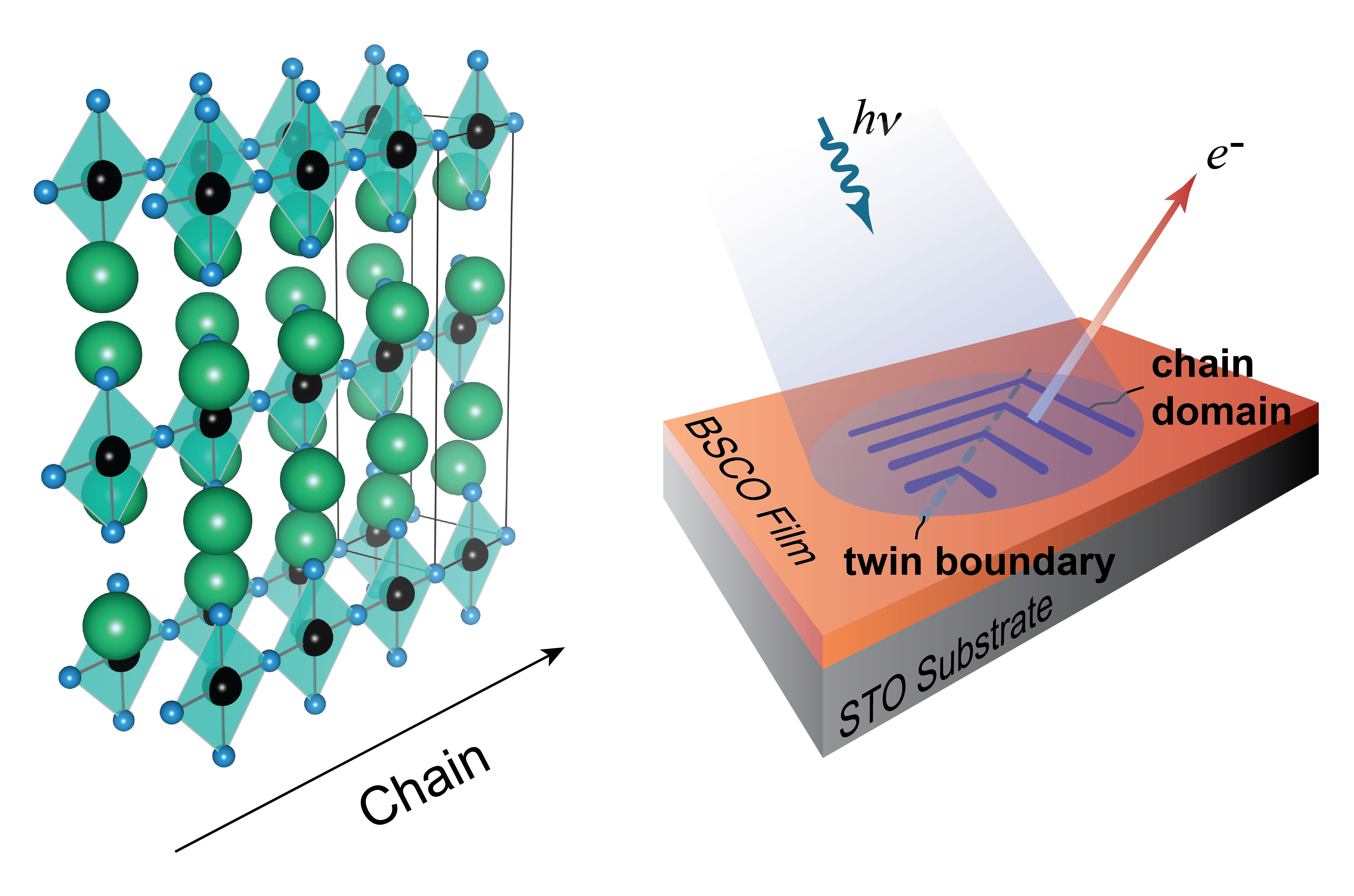
Scientists can now verify theoretical predictions using one-dimensional compositions grown in-situ at a synchrotron spectroscopy station.
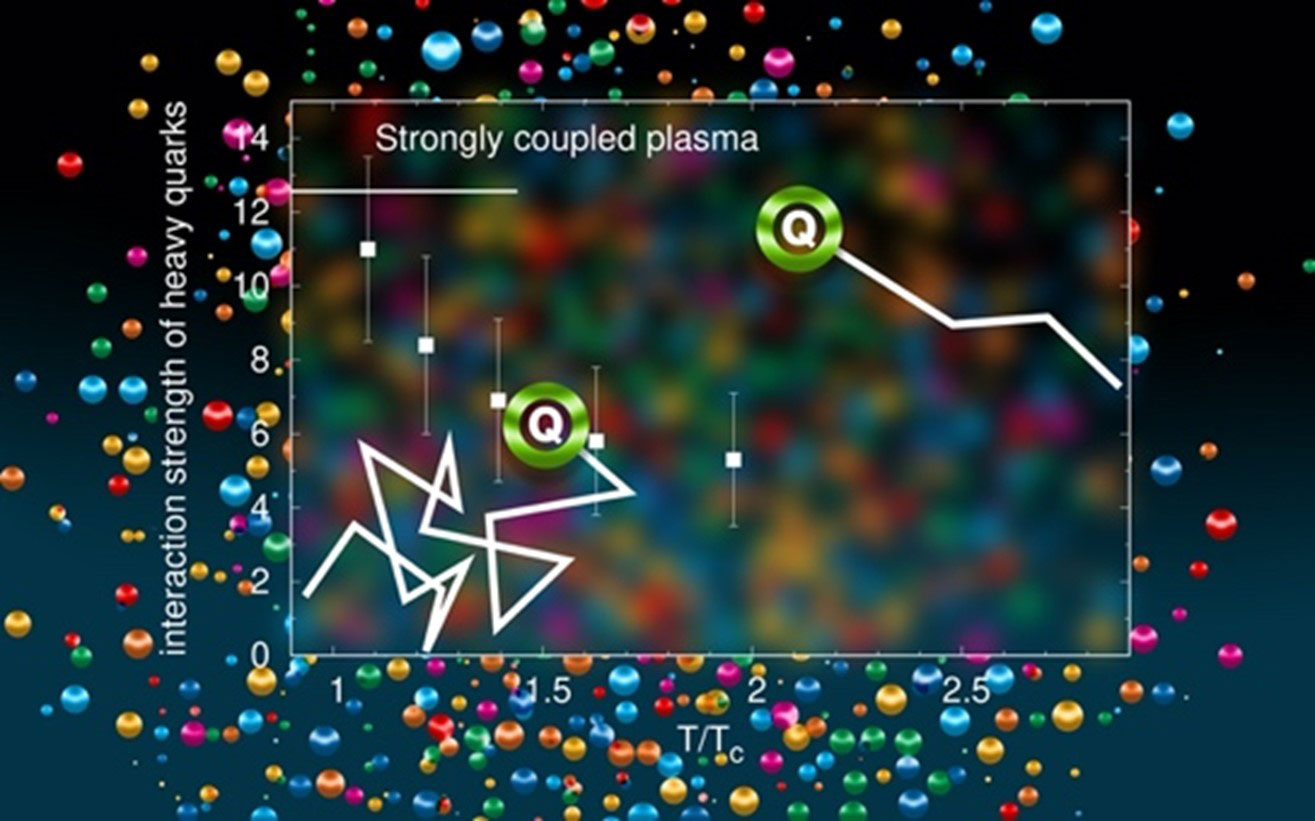
New results will help physicists interpret experimental data from particle collisions and better understand the interactions of quarks and gluons.
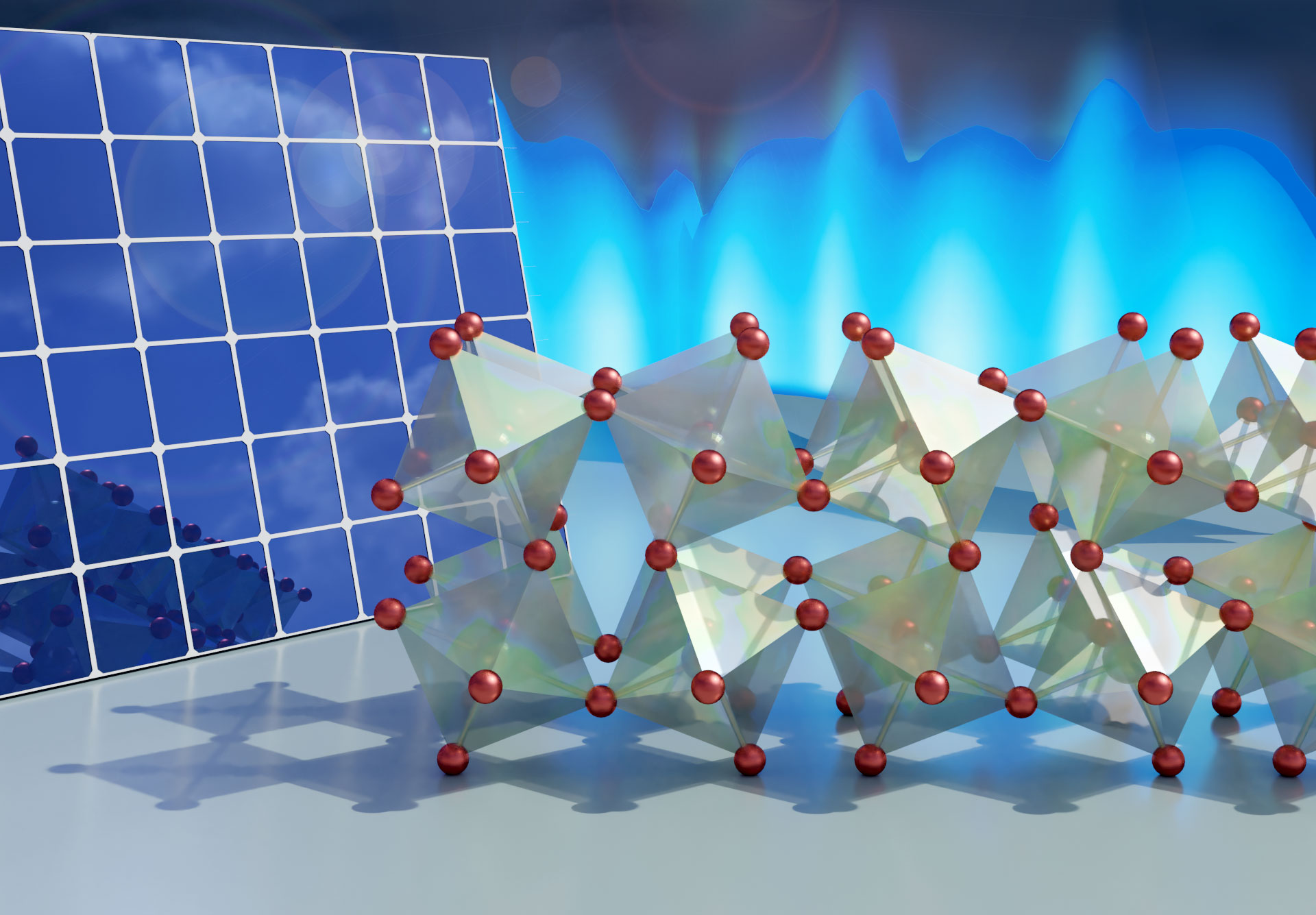
Experiments examine atomic disorder and dynamics that could explain beneficial optical properties.
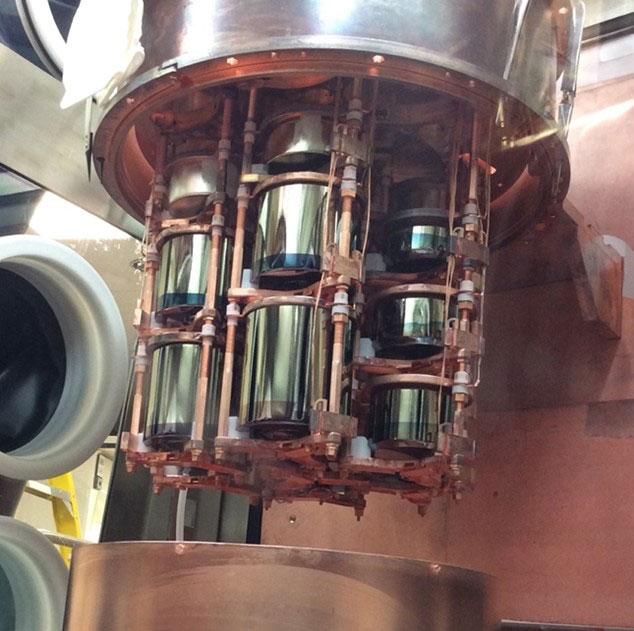
If observed, neutrinoless double-β decay would have changed our view of the Universe.